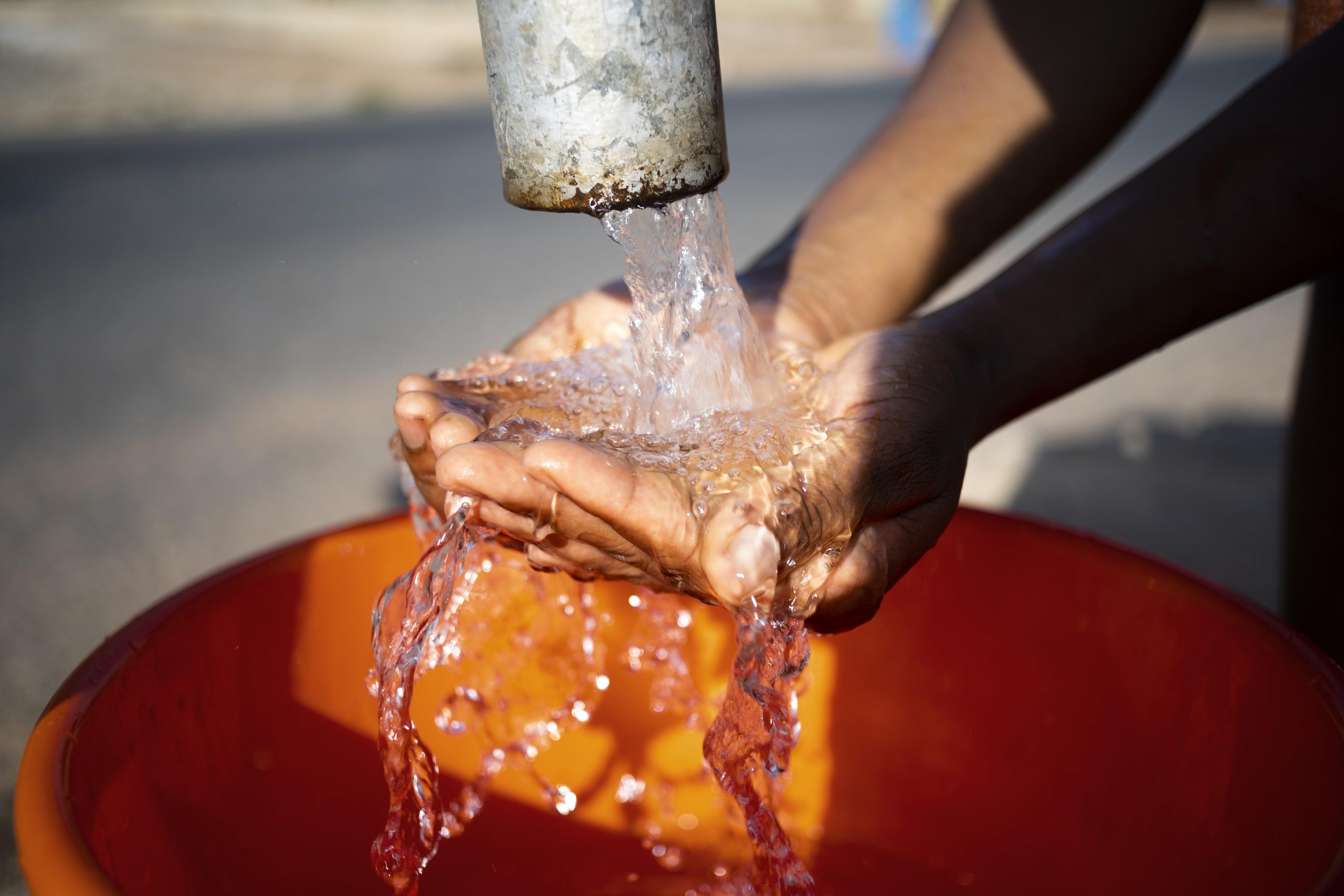Water is the most important element of life on planet earth. It can be found in the atmosphere above us, in the oceans, rivers and lakes around us, and the rocks below us. Seventy percent of the earth’s surface is water, 97.5% of it being saltwater which is found mostly in our seas and oceans. Freshwater is water that has a low concentration of dissolved salts and other dissolved solids. It occupies 2.5% with less than 1% being accessible (the majority of this exists as soil moisture or is frozen in ice caps). Freshwater is normally found in lakes, glaciers, ponds, reservoirs, rivers, groundwater, wetlands, and even streams. These freshwater habitats occupy less than one percent of the earth’s total surface area, yet accommodate ten percent of all known animals and up to forty percent of all known species of fish.
Freshwater sources have however been declining really fast, and therefore posing a threat to those that depend on them for living. Over the last century, the world has lost 70 percent of its natural wetlands. Presently, statistics reveal the number of people affected by water stress to be more than 2 billion, which is projected to increase with growth in population and the effects of climate change. In line with the UN, 71 percent of the world’s population; which totals to 5.2 billion people, had safely managed drinking water in 2015, but 844 million people still lacked basic drinking water. In the same year, 892 million people still practiced open defecation. 80 percent of wastewater goes into our waterways without adequate treatment, hence posing a great threat to human health. As we discussed in our last article, providing access to safe water is one of the most productive elements in promoting health and reducing poverty.
The critical and escalating pollution of fresh water in both the developed and developing countries poses a great risk to public health, biodiversity, food security, and other ecosystem services. Pollution as we know it is strongly connected to economic development. As the population grows and agriculture expands, industries continue producing wastewater, much of which goes into water bodies, untreated. The weight of this challenge is still unknown, despite recent preliminary assessments regarding the current global water quality situation. Reliable information is needed on where the issues lie and what is needed to efficiently and effectively act to protect and improve the quality of water.
Of the countries worldwide, 80 percent have laid the basis for the integrated management of water resources. Achieving access to drinking water, sanitation, and hygiene at a universal level and ensuring the safe management of water services are still extreme challenges. Meeting these challenges is essential to further progress in health, poverty eradication, and education. As the sixth SDG, the ‘water goal’ not only pushes for global availability of freshwater but also aims for sustainable management of water globally. In line with this objective, our Water, Sanitation & Hygiene (WASH) course is designed to equip you with knowledge and skills that will help you advance your career in the WASH sector. Enroll with us today and help steer this goal and impact the world towards achieving health and sustainability.







